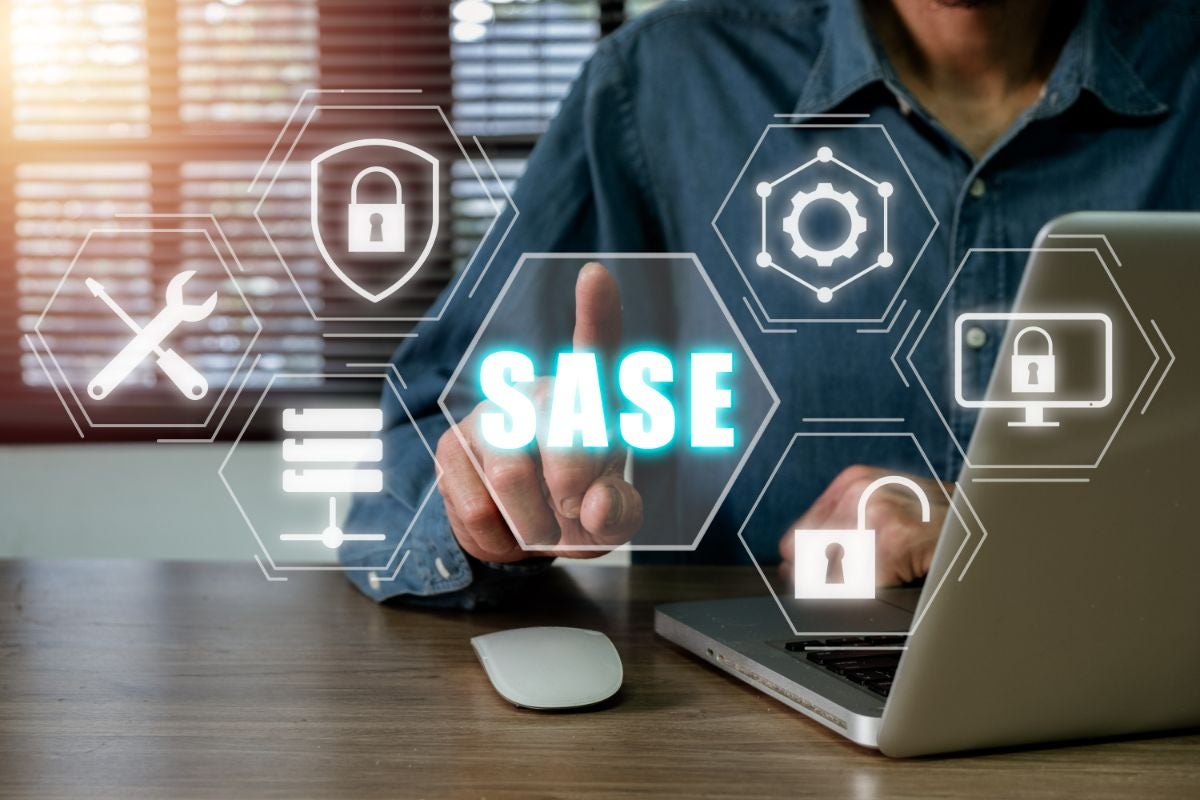IT security teams are responsible for supporting their organizations’ hybrid workforce and securing their work-from-anywhere (WFA) employees’ access to the network, whether they are on-premises, at home, or somewhere in between. Many IT leaders are now relying on the cloud-security framework called secure access service edge (SASE) to handle these critical tasks and ensure a seamless user experience for all.
SASE solutions have risen in popularity because, in addition to securing WFA users, they are also designed to help organizations protect the many Internet-of-Things (IoT) devices connected to networks and the various applications that employees use.
To get the most out of SASE, your organization should keep tabs on its latest developments and improvements. Below are five SASE trends that I have compiled based on what Fortinet is hearing from industry analysts, partners, and customers.
5 SASE Trends
1) Greater demand for single-vendor SASE
Single-vendor SASE is becoming increasingly in demand because it provides seamless licensing, a single SKU across the entire SASE stack, and simplified deployment, management, and operations. This contrasts with the traditional process of purchasing SASE components from different vendors, which leads to complications, integration issues, and efficiency problems. Also, a single-vendor SASE solution offers a predictable return on investment (ROI) due to fewer point products and clear cost savings from easy integration.
2) Quicker adoption of zero-trust technology
Zero trust is a security model that continuously validates and verifies a user, device, and connection before granting access to an application. Traditional verification methods, on the other hand, occur every 15 or even 30 minutes, which is insufficient for strong protection. With continuous monitoring of user and device behavior, SASE’s zero-trust features significantly improve any organization’s cybersecurity, and many organizations are deploying SASE as a way to quickly embrace the many benefits of a zero-trust approach.
3) SASE supercharged by AI-powered security and operations
The most successful SASE solutions are powered by artificial intelligence (AI) and machine learning (ML) to help detect zero-day threats and protect users from ransomware and other ever-evolving cyberthreats. Additionally, SASE solutions that gather threat intelligence and share data are becoming widely in demand. Also, we expect that SASEs will become a part of the overall security platform strategy and be integrated with security operations centers (SOCs) so that policies, enforcement, and AI-powered capabilities can be applied easily and consistently.
4) SSE expanding connectivity to OT, wired, and wireless LAN devices
SASE may have started as a way to secure the remote workforce, but it has become a popular strategy for protecting the entire hybrid network. And now we are seeing more organizations use SASE to secure small edge locations like home offices and microbranches that don’t have firewalls or SD-WANs. SASE solutions deliver protection at the edge through their security service edge (SSE) components that provide cloud security for LAN/WLAN.
Logically, it follows that if SASE can adapt to any device and location, it will also be able to support more “coffee shop networking,” bring-your-own-device (BYOD) situations, and agentless secure access capabilities. Additionally, we’re certain that more organizations will be using SASE to secure critical infrastructure via operational technology (OT) security integration and its SSE components.
5) End-to-end DEM at the core of SASE
Today, digital experience monitoring (DEM), which provides end-to-end visibility, is considered to be a premium SASE feature, but we foresee it becoming a core element of all the industry’s leading SASE solutions. By putting DEM at the center of SASE, security teams will receive improved user experience and application performance reports. This simplification will lead to faster mean time to detection and remediation (MTTD/MTTR) results. And with DEM integrated into the SASE agent, organizations will enjoy a reduction in operational costs.
DEM has been incorporated into our FortiSASE solution, which means FortiSASE now provides comprehensive visibility, correlated metrics and alerts, and proactive responses. Fortinet is going to continue to increase the role of DEM in our SASE solution, and we expect it will enhance productivity for all organizations that deploy it.
Key Benefits of SASE Acceleration
Organizations are transitioning from VPN legacy solutions to zero-trust and SASE products, and we foresee an acceleration in that evolution. The key benefits will be consistent security, unified management, reduced overhead, and better user experiences.
In the evolution of SASE, we’ve already moved to the next stage. We’re calling it Fortinet Unified SASE, which is built on the Fortinet single-vendor approach. It goes beyond traditional SASE solutions by converging end-user connectivity with vital networking and incorporating an SD-WAN. Adding SD-WAN to Unified SASE ensures end-to-end visibility and control.
Learn more about Fortinet Unified SASE.
